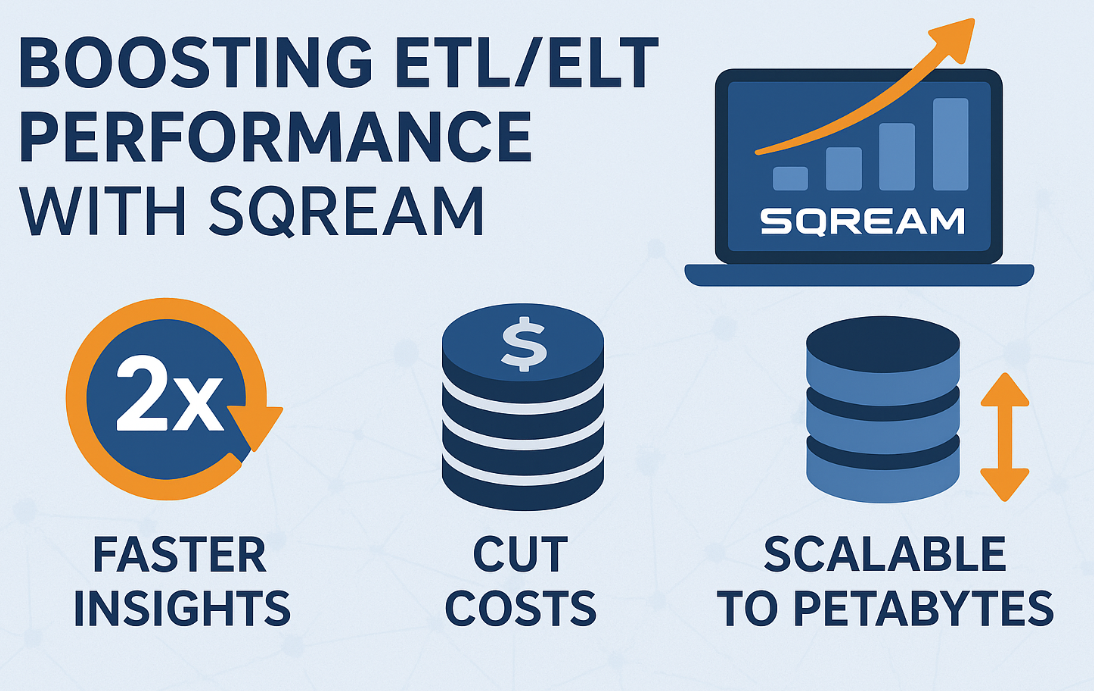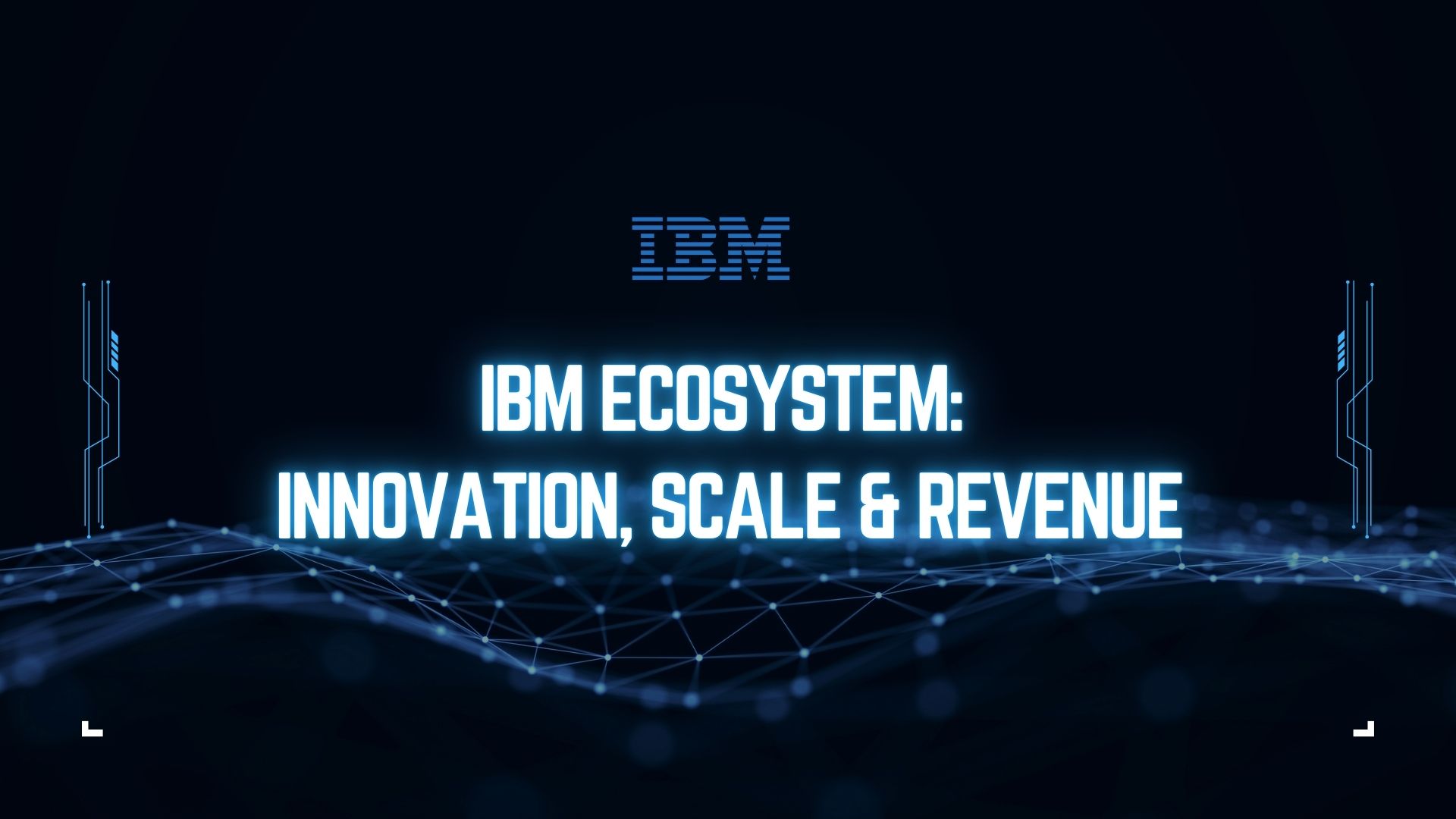In a recent and alarming development within the healthcare sector, Optum, a subsidiary of UnitedHealth Group, has become the focal point of a cybersecurity advisory issued by the American Hospital Association (AHA). This advisory comes in the wake of a cybersecurity incident involving Change Healthcare, leading to a recommendation for healthcare organizations potentially exposed to disconnect from Optum’s services.
This incident underscores the delicate interconnectivity of healthcare systems and the cascading effects a cybersecurity breach can have on the sector’s operations, emphasizing the critical need for robust cybersecurity measures.
A Deeper Dive into the Cyberattack on Change Healthcare
The cybersecurity landscape of the healthcare sector faced a significant shockwave with the cyberattack on Change Healthcare, a leading entity in healthcare technology and services. This company, known for its comprehensive suite of services ranging from data analytics to pharmacy care solutions, had recently become a part of Optum, a subsidiary of UnitedHealth Group. This merger was more than a business transaction; it symbolized a union of strengths, aimed at enhancing the capabilities and reach of healthcare technology and services across the United States.
Change Healthcare, renowned for its innovation and integration within healthcare systems, operates at the heart of healthcare’s digital infrastructure. Its services are pivotal for the seamless operation of numerous healthcare processes, including but not limited to, billing, claims processing, and real-time eligibility checks for insurance coverage. These systems are the lifelines of healthcare providers and pharmacies, ensuring operational efficiency and continuity of care.
The Cyberattack Unfolded
The cyberattack, which unfolded over several days, was not just another breach. It was a sophisticated operation, attributed to a suspected nation-state actor, suggesting not only a high level of planning and expertise but also potentially a motive beyond mere financial gain. This insidious attack targeted the very core of Change Healthcare’s IT systems, disrupting services that thousands of healthcare providers, insurers, and pharmacies depend on daily.
The impact of the cyberattack was both immediate and profound. Healthcare providers found themselves unable to access critical services for verifying patient insurance, processing claims, and managing prescriptions. Pharmacies, a direct link to patient care, experienced significant delays in filling prescriptions, directly impacting patient health and safety. The ripple effects of these disruptions extended beyond operational inefficiencies, posing risks to patient confidentiality and data security, which are paramount in the healthcare sector.
The Response to the Crisis
In response to the cyberattack, Change Healthcare took immediate action, isolating and disconnecting affected systems to contain the breach and prevent further unauthorized access. This decisive action, while necessary for security, further underscored the dependence of the healthcare system on digital infrastructure. The isolation of Change Healthcare’s systems meant a temporary halt to many of its services, leading to operational challenges for healthcare providers and pharmacies across the nation.
The incident prompted a swift advisory from the American Hospital Association (AHA), recommending that healthcare organizations that were either disrupted by or potentially exposed to the cyberattack to disconnect from Optum’s services. This recommendation, while precautionary, highlighted the interconnected vulnerabilities of the healthcare sector’s digital ecosystem and the potential for cascading effects from a single point of failure.
Looking Forward: Lessons and Implications
The cyberattack on Change Healthcare is a critical lesson for the healthcare sector. It underscores the vulnerability of healthcare’s digital infrastructure to sophisticated cyber threats and the need for robust cybersecurity measures. The incident highlights the importance of preparedness, including having contingency plans and downtime procedures to ensure continuity of care in the face of digital disruptions.
Moreover, this event brings to light the need for a collaborative approach to cybersecurity in healthcare. It emphasizes the role of partnerships between healthcare organizations, technology providers, and government agencies in developing and implementing strategies to strengthen the sector’s defenses against cyber threats.
Response and Recommendations
In response to the incident, the AHA issued a cybersecurity advisory urging healthcare organizations affected by or potentially exposed to the cybersecurity incident to disconnect from Optum’s services until it is deemed safe to reconnect. The advisory emphasizes the importance of preparing for extended service unavailability, suggesting the implementation of downtime procedures and contingency plans. This proactive stance is aimed at mitigating the risk of further disruptions and safeguarding patient care and data.
Furthermore, the AHA highlighted the necessity for healthcare organizations to bolster their cybersecurity defenses. Recommendations include ensuring the security, redundancy, and resiliency of network and data backups, patching vulnerabilities, especially those facing the internet, and reviewing and testing cyber incident response plans. These measures are critical in building a robust defense against future cybersecurity threats. How the Cyberattack Could Have Been Avoided
The cyberattack on Change Healthcare, a critical player within the healthcare technology and services domain, brings to light the ever-present threat of cyberattacks in the healthcare sector. While the specific details of the breach’s execution remain confidential, the incident underscores the importance of proactive and comprehensive cybersecurity strategies. Here are several steps that could have potentially mitigated the risk or even prevented the cyberattack on Change Healthcare:
1. Regular Vulnerability Assessments and Penetration Testing
Regularly conducting vulnerability assessments and penetration testing can identify and address security weaknesses before they are exploited by attackers. For Change Healthcare, routine checks might have uncovered potential entry points or vulnerabilities that the attackers exploited, providing an opportunity to strengthen these weaknesses ahead of time.
2. Enhanced Endpoint Detection and Response (EDR)
Implementing advanced EDR solutions could offer real-time monitoring and response to threats at the endpoint level. These solutions use behavioral analysis to detect suspicious activities that deviate from the norm, potentially identifying and isolating malicious actions before they spread across the network.
3. Employee Training and Awareness Programs
Human error often plays a significant role in successful cyberattacks. Regular and comprehensive training programs for all employees could reduce the risk of phishing attacks, one of the most common entry points for cybercriminals. Training should cover the identification of phishing emails, secure handling of sensitive information, and the importance of strong password practices.
Enroll for
4. Zero Trust Architecture
Adopting a zero-trust architecture, where no entity inside or outside the network is trusted by default, could significantly enhance security. This approach requires verification at every step, minimizing the potential impact of a breach by limiting access to resources to only those users and devices that are explicitly permitted.
5. Segmentation of Networks
Network segmentation divides the network into smaller, manageable segments, restricting the movement of potential threats within the network. In the case of Change Healthcare, segmentation could have limited the spread of the attack, isolating compromised systems to prevent widespread disruption.
6. Multi-Factor Authentication (MFA)
Implementing MFA across all system access points adds an additional layer of security, making it more difficult for attackers to gain unauthorized access even if they obtain user credentials. MFA could have provided a significant barrier to the cyberattackers, potentially stopping them in their tracks.
7. Regular Software Updates and Patch Management
Keeping all software up to date, including security software, operating systems, and applications, is crucial in protecting against known vulnerabilities. A robust patch management process ensures that vulnerabilities are patched promptly, reducing the window of opportunity for attackers to exploit them.
8. Advanced Threat Intelligence
Integrating advanced threat intelligence into the cybersecurity strategy could have provided early warnings about emerging threats and vulnerabilities specific to the healthcare sector. This proactive approach allows organizations to adjust their defenses based on the latest threat landscape.
9. Incident Response Planning
A well-prepared and regularly tested incident response plan ensures that an organization can quickly and effectively respond to a cyberattack, minimizing its impact. For Change Healthcare, having a detailed response plan might have shortened the recovery time and reduced the operational disruption.
The Larger Implications
The cyberattack on Change Healthcare serves as a stark reminder of the vulnerabilities inherent in the interconnected healthcare ecosystem. The reliance on digital technologies and services, while enhancing operational efficiency and patient care, also exposes healthcare organizations to cyber threats with the potential to disrupt services and compromise sensitive data. This incident highlights the need for a sector-wide focus on cybersecurity, emphasizing the importance of collaboration among healthcare providers, technology partners, and government agencies to strengthen the sector’s defenses.
While no cybersecurity measures can guarantee absolute protection against all forms of cyberattacks, a layered and proactive approach can significantly reduce the risk and impact of such incidents. The cyberattack on Change Healthcare serves as a critical reminder of the importance of implementing comprehensive and dynamic cybersecurity practices to safeguard the sensitive data and critical infrastructure of the healthcare sector.











